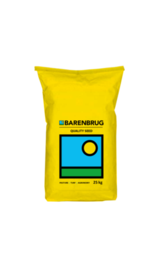Phacelia, often referred to as a dual-purpose plant, serves both as a cover crop and a valuable source of nectar for bees, earning it a place among the top 20 flowers known for honey production. In this respect, it plays a vital role in supporting bee populations and contributing to the honey production industry. When compared to its counterpart, buckwheat, phacelia exhibits notable differences. While buckwheat is known for its rapid germination, particularly in higher temperatures, phacelia stands out for its exceptional cold and drought tolerance. This versatility allows phacelia to thrive in various climates and soil conditions, making it a flexible choice for farmers seeking sustainable agricultural solutions.
One of the striking features of phacelia is its rapid establishment and quick flowering. Within just 6 to 8 weeks of planting, this plant bursts into vibrant blooms, and these blossoms persist for up to 8 weeks, providing an extended period of nectar and pollen for foraging bees. Additionally, phacelia contributes to soil health by reducing erosion, effectively preventing soil loss due to wind or water. Furthermore, its presence in agricultural fields promotes soil structure improvement, making the soil more conducive to plant growth and enhancing its overall health. As such, phacelia offers a comprehensive array of benefits, not only for honey production and bee foraging but also for sustainable soil management in farming practices.



